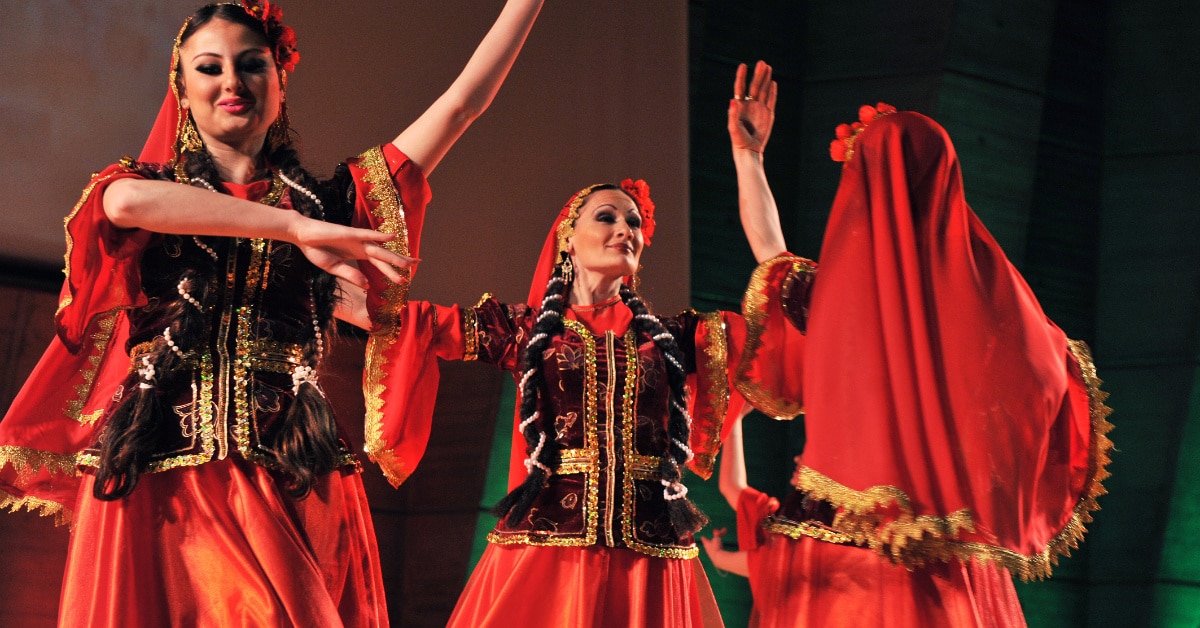Spring in Dallas is such a beautiful time of the year. Flowering trees are bursting into bloom just before their leaves start to emerge. It is a time of rebirth and glorious sunshine – after the cold of winter and before the heat of summer.
March 19th is the official first day of Spring this year. It changes every year according to the vernal equinox which is when the sun crosses over the plane of the earth’s equator, making night and day approximately equal lengths all over the world.
Do you know what else follows the vernal equinox?

The Persian New Year
The Persian New Year known as Nowruz or Nooruz also follows the astronomical calendar, and will begin this year at 1:30 am in Tehran on March 20th.
I had never heard of this holiday until about a month ago. Apparently, it is very popular and celebrated by more than 300 million people for more than 3,000 years — from the Balkans to the Black Sea Basin to Central Asia to the Middle East and elsewhere.
Nowruz is the most important holiday in Iran celebrating the 1st day of Farvardin, the first month of the Iranian solar calendar. It is not a religious holiday and in fact is celebrated by many people of different religions in many countries along the Silk Roads, including Afghanistan, Azerbaijan, India, Iran, Iraq, Kyrgyzstan, Kazakhstan, Pakistan, Tajikistan, Turkey, Turkmenistan and Uzbekistan.
However, its origins are steeped in spiritual significance symbolizing the triumph of good over evil and joy over sorrow. It is a time of new beginnings and making a fresh start for the new year ahead.
This explains “spring cleaning”, which refers to the practice of doing a deep cleaning of your home and getting rid of all old, unwanted or unnecessary items in your household, is a common practice for Iranians this time of year and we practice the same tradition here in the US.
Of course, a holiday is not complete without family, friends and food, and the Iranians do plenty of that to ring in their new year. On the day of Nowruz, families feast together, share gifts and greet friends. Children are given toys and play with colorfully painted eggs.

Celebrating Nowruz
During this celebration, there is also the Haft Sin table which is very unique in its representation of the seven S’s, words beginning with “S” in Farsi. For example, the word for vinegar, “Serkeh,” represents longevity and patience while “Sir,” the word for garlic, represents protection from illness and evil. Apart from garlic and vinegar, you can also find wheatgrass, herbs and dried food, all symbolizing hope for the new year, including health, wealth and prosperity.The tables also include mirrors, candles, decorated eggs, water and various fruits.
Two other festive traditions that mark the final days of the old year include children asking for candy and people leaping over bonfires. Children run down the streets banging on pots and pans knocking on doors asking for money or candy. Then, on the last Wednesday of the year Chaharshanbe Soori (or, “Red Wednesday”), people leap over bonfires singing traditional songs and repeating the phrase, “Give me your beautiful red color and take back my sickly pallor!”
So “sal’e no mobarak”, or happy new year in Farsi.
Happy Nowruz!














